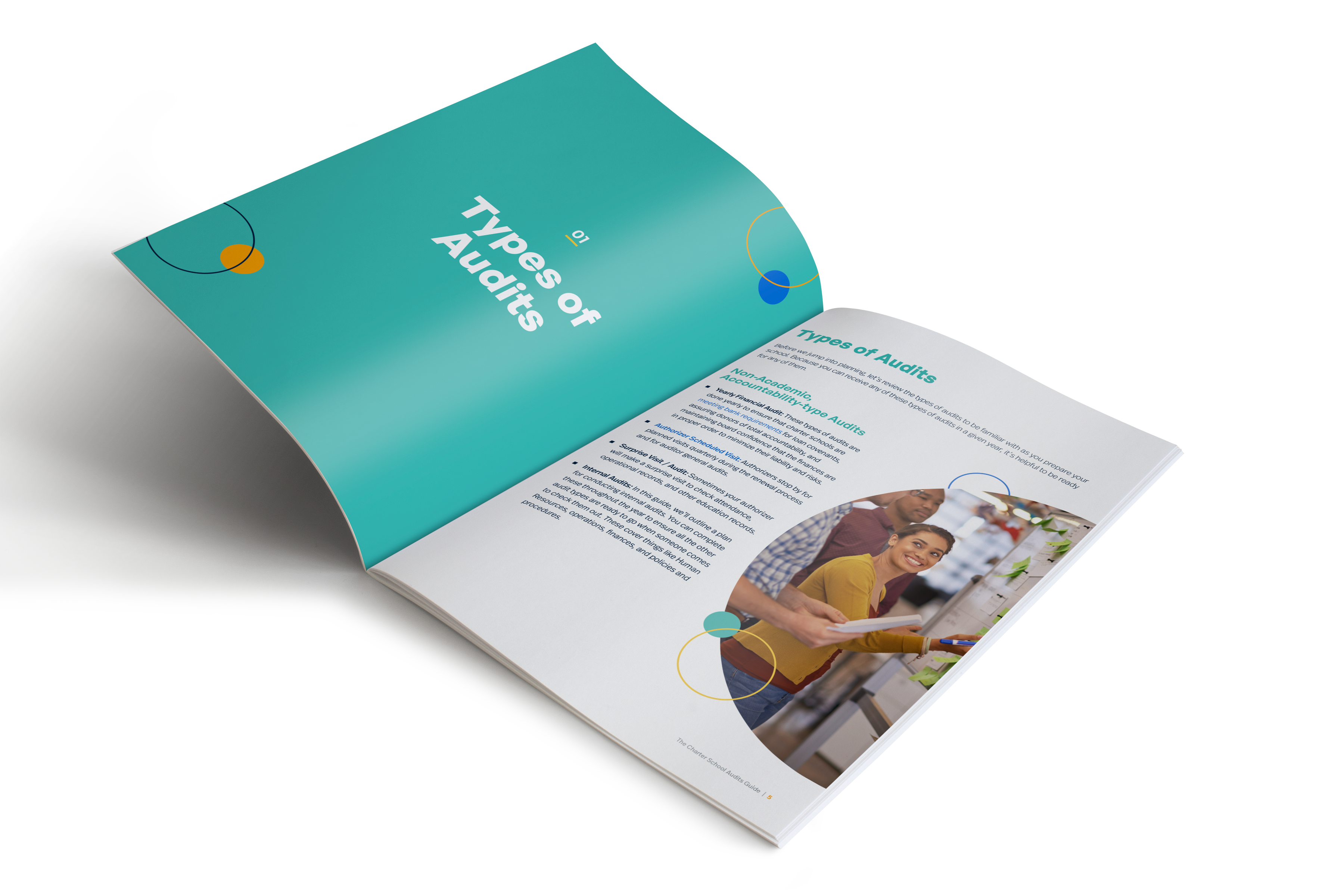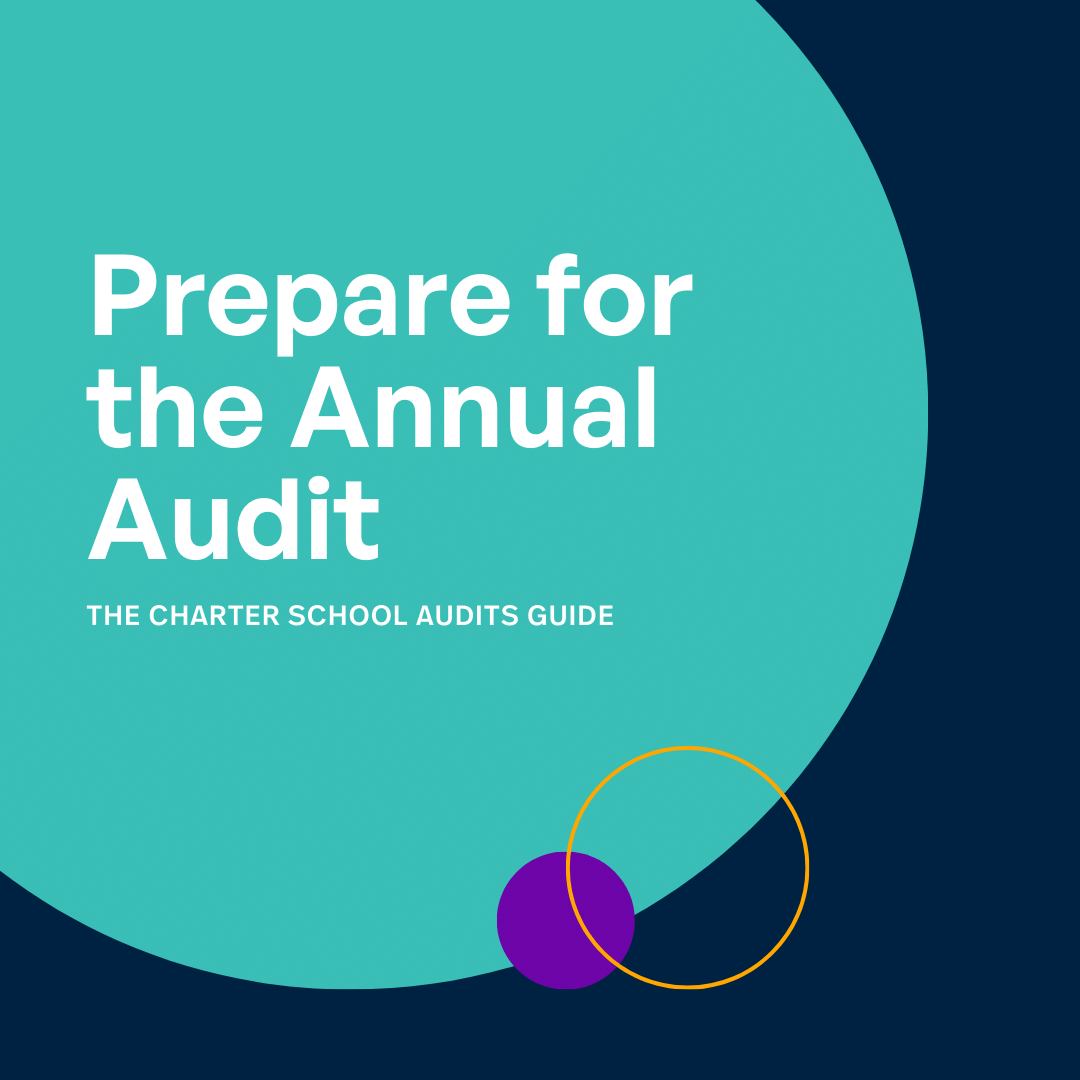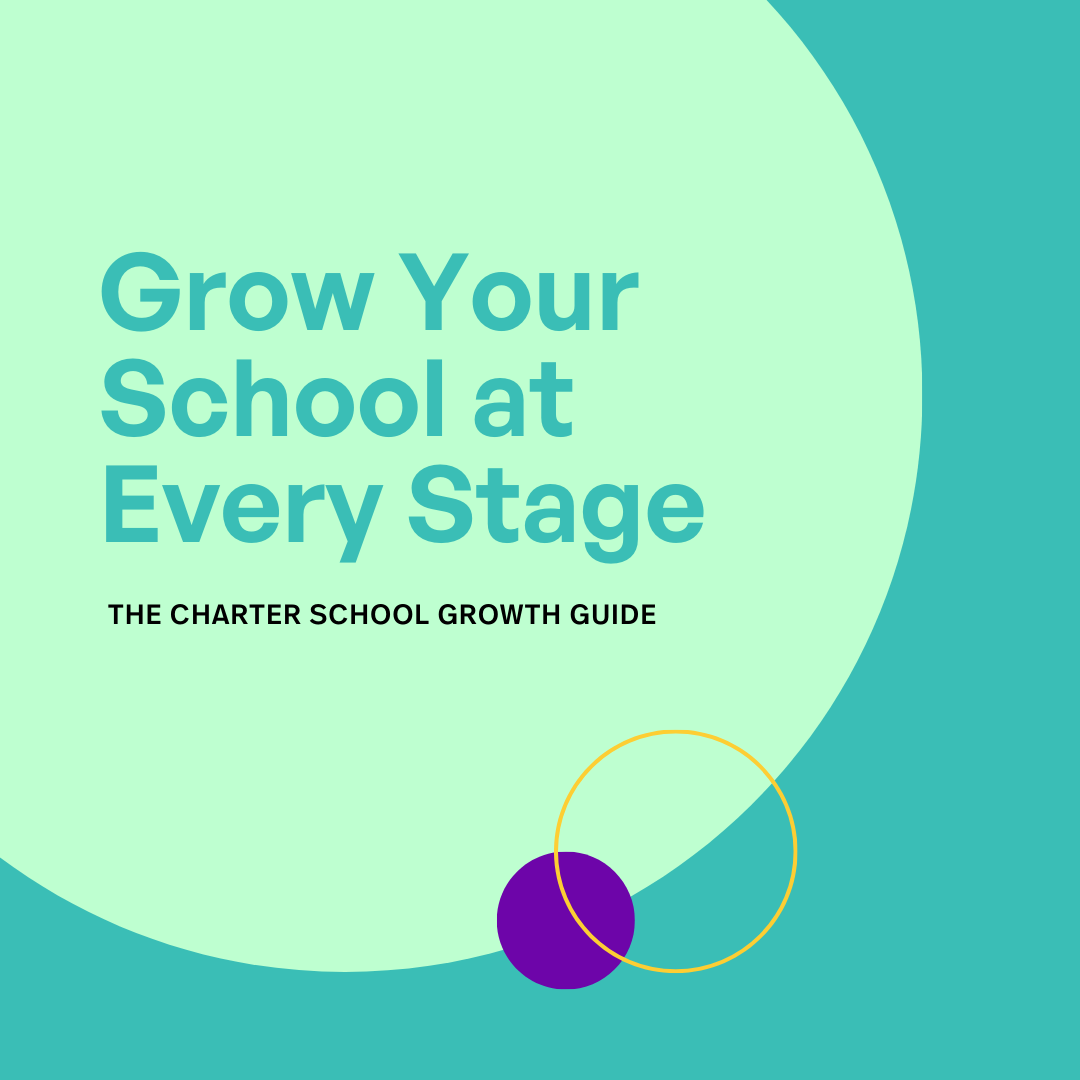Whether your school is new to fundraising or simply busy navigating the school year, you may think you are out of time to conduct a year-end campaign. Don’t skip this great opportunity to boost your bottom line! Approximately 30% of all annual giving occurs in December, and around 10% occurs in the last three days. It’s not too late to launch a year-end campaign. Here are five tips to help you maximize your results.
1. Cast A Wide Net
Your fundraising efforts shouldn’t stop at currently enrolled families. Consider inviting your broader community to support your school – including local businesses, grandparents, alumni, and community leaders. Ask your staff, volunteers, and school leadership to share campaign news with their contacts by emailing your appeal letter, forwarding school newsletters, and liking social media posts – you may be surprised at who steps up with a gift!
2. Set A Deadline
Gifts to public charter schools are typically tax-deductible as long as no goods or services are exchanged. Year-end fundraising appeals generally set a deadline of December 31 (or sooner!) to maximize donors’ tax deductions during the calendar year. Set a deadline for your campaign, and be sure to let your families know by what date they need to make their gift. It adds some urgency to the campaign, and they’ll respond in a timely way.
3. Keep It Simple
Busy parents have so many messages coming at them via email, snail mail, and social media. When writing your appeal letter, be sure to keep it streamlined and simple. A one-page mailed or emailed letter should include recent highlights and a clear request for support. Don’t overwhelm your readers with too many statistics or stories – a few well-chosen anecdotes will go a long way in reminding your parents why they love your school and why they should support it with a gift.
4. Ask For What You Need
Do you need help finishing your playground? New microscopes for your science classroom? School supplies for families in need? Or simply general support to make your school stand out as an excellent center for learning? Don’t make your families guess what your needs are – clearly outline what their gift will support and the impact that it will make on your students.
5. Don’t Forget to Say Thank You
Once your campaign ends, reach out to your donors with a personalized letter to say thank you. It’s a great way to let them know they are valued and appreciated members of your school community. Include your school’s IRS tax identification number and the amount and date of their gift to help them at tax-filing time. And don’t forget to report on the outcome of your campaign on school social media and your website. Your donors – and you – should be proud of the results!
Additional Resources
K-12 Fundraising Tips:
https://www.blackbaud.com/industry-insights/resources/k-12-schools/the-k-12-fundraiser-accelerate-your-back-to-school
Easy School Fundraising Ideas:
https://www.weareteachers.com/fundraising-ideas-for-schools/
Fundraising Letter Writing Tips:
https://doublethedonation.com/fundraising-letters/
School Fundraising Event Ideas:
https://www.signupgenius.com/School/school-fundraising-ideas.cfm
Need fundraising help?
Looking for ways to grow your fundraising efforts? Grow Schools partners with our clients to help them meet their contributed revenue goals and plan for the future. Our fundraising team brings a deep knowledge of designing, launching, and growing fundraising campaigns for schools of all sizes. Interested in learning more? Contact us today and see how Grow Schools can help maximize your fundraising efforts!
About the Author
Mara Winke, CFRE, has over 20 years of experience as a professional fundraising consultant for charter, public and international schools. Mara helps her clients maximize their contributed revenue through campaign strategy and analysis, annual and capital campaigns, grant research and writing, and Board and volunteer training. She enjoys running and reading Scandinavian mysteries and is an avid hockey mom.










